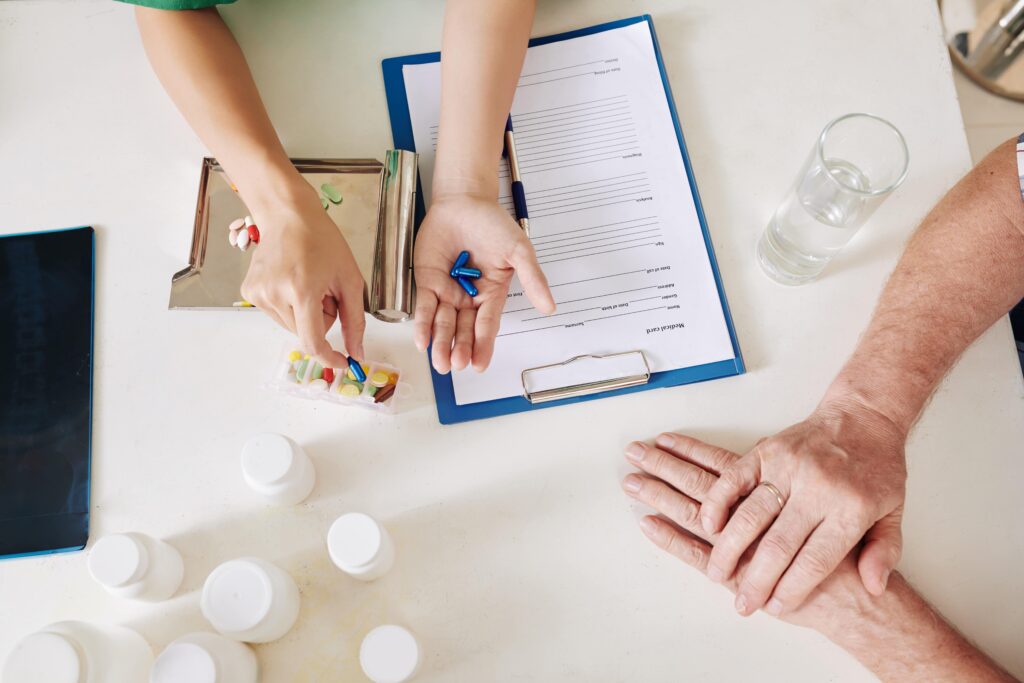Introduction
In times of emergency, the capacity to carry out Cardiopulmonary Resuscitation (CPR) can be the difference in between life and fatality. In Australia, comprehending the CPR accreditation requirements is important for any person wanting to come to be a qualified rescuer. This extensive guide will explore what you need to know about mouth-to-mouth resuscitation accreditation in Australia, including training alternatives, credibility of certificates, age-specific standards, and more.
CPR Accreditation Needs in Australia: What You Required to Know
What is CPR?
Cardiopulmonary Resuscitation (CPR) is an emergency situation treatment executed when a person's heart stops beating or they stop taking a breath. It integrates breast compressions first aid training sydney cbd with rescue breaths to keep blood flow and oxygenation till specialist clinical help arrives.
Why is mouth-to-mouth resuscitation Important?
The essential importance of CPR can not be overemphasized-- it saves lives. According to data from the first aid refresher courses Australian Resuscitation Council, instant mouth-to-mouth resuscitation can increase or triple a sufferer's possibility of survival after cardiac arrest.
Understanding mouth-to-mouth resuscitation Certification
To end up being licensed in mouth-to-mouth resuscitation, people need to undertake training through acknowledged companies. Accreditations commonly consist of hands-on abilities technique and academic expertise concerning heart emergencies.
Types of CPR Training Available
Basic Life Support (BLS) vs. Advanced Life Support (ALS)
- Basic Life Support (BLS) concentrates on basic strategies including chest compressions and rescue breaths. Advanced Life Support (ALS) covers more intricate treatments such as advanced airway administration and medication administration.
Online vs. In-Person Training
- Online CPR certification offers flexibility however might lack hands-on experience. In-person courses give practical skills method important for effective response in emergencies.
CPR Qualification Process
Choosing a Training Provider
When seeking Go here training, guarantee that your selected provider is certified by trustworthy organizations like the Australian Resuscitation Council or St John Ambulance.
Course Period and Content
Most basic programs last concerning 4 hours and cover:
- Adult mouth-to-mouth resuscitation techniques Use of Automated External Defibrillators (AED) Recognition of cardiac arrest signs
CPR Certification Validity
How Lengthy Does a CPR Certification Last?
Typically, a mouth-to-mouth resuscitation certification continues to be legitimate for 3 years before needing renewal. It is important to stay updated with the latest procedures and guidelines.
Renewing Your Certification
Renewal often includes taking a refresher course that revisits essential abilities and updates participants on any type of modifications in guidelines.
Age-Specific mouth-to-mouth resuscitation Guidelines Australia
Adult vs. Youngster vs. Baby mouth-to-mouth resuscitation Techniques
Different age groups need tailored strategies:
- For adults, focus on compression deepness and rate. For youngsters, readjust compression deepness based on size. Infant mouth-to-mouth resuscitation technique involves mild compressions and mindful ventilation.
Infographic: Age-Specific Techniques
|Age Group|Compression Depth|Proportion|| -----------|-------------------|-------|| Adults|5-6 cm|30:2|| Youngsters|4-5 centimeters|30:2|| Babies|1.5 centimeters|30:2|
CPR Tools in Australia
Essential Gear for Effective Response
Having accessibility to correct CPR equipment help effective resuscitation efforts:
AEDs Pocket masks GlovesUsing AED with mouth-to-mouth resuscitation in Australia
An Automated External Defibrillator can substantially raise survival prices when made use of together with mouth-to-mouth resuscitation-- recognizing how to utilize an AED efficiently is essential for each rescuer.
Common Myths About CPR
The Myth of "Mouth-to-mouth Resuscitation Always Restarts Heart"
Many believe that carrying out CPR will always restart a heart; nonetheless, this is misleading-- CPR preserves blood circulation up until specialist help gets here however does not guarantee revival.

Debunking Various other Misconceptions
Other misconceptions consist of misunderstanding compression deepness or the performance of rescue breaths versus hands-only methods; education plays a vital duty in dispelling these falsehoods.
Special Circumstances in Executing CPR
CPR for Drowning Victims
Drowning sufferers usually call for prompt rescue breaths due to their distinct circumstances; understanding this context improves results significantly.
Sports-Related Heart attack Procedures
Recognizing indicators particular to athletes assists responders act quickly-- education concerning sports-related cardiac incidents is vital for trainers and fitness instructors alike.
Workplace Emergency Plans
Establishing Preparedness at Workplaces
Every workplace ought to have a thorough emergency situation strategy that consists of stipulation for first aid training like cpr and first aid combo courses for employees.
Training Employees Effectively
Regular training sessions make sure personnel are prepared-- not only does this safeguard staff members yet likewise enhances general work environment safety culture.
Frequently Asked Inquiries (FAQs)
Q1: Exactly how do I find local CPR classes?
A1: Regional community centers or health centers frequently supply classes; web sites of companies like St John Rescue supply listings as well.
Q2: Can I get my qualification online?
A2: Yes! Numerous approved organizations offer online cpr certification, however guarantee it includes hands-on technique components as well.
![]()
Q3: Exists a difference between adult and kid certifications?
A3: Yes! Programs specifically tailored for babies and youngsters concentrate on age-specific methods which differ from those educated for adults.

Q4: How frequently ought to I renew my certification?
A4: Typically every 3 years; however, staying upgraded yearly with refreshers is very suggested provided advancing guidelines.
Q5: Are there any specific regulations concerning compulsory training?
A5: While regulations may differ by state or region, many offices are needed by law to have actually trained first responders offered on-site during functioning hours.
Q6: What statistics support the performance of CPR?
A6: Studies show that immediate bystander-administered CPR can boost survival prices from cardiac arrest significantly-- usually increasing possibilities of patient recovery compared to no treatment at all.
Conclusion
Understanding the details of the CPR accreditation demands in Australia equips individuals across numerous fields-- from healthcare experts to daily citizens-- to act decisively during emergencies. With proper training, recognition of age-specific standards, understanding concerning equipment such as AEDs, and familiarity with typical myths bordering resuscitation initiatives, one can really make a distinction when it matters most. Whether you're considering signing up in neighborhood classes or checking out on-line options like online mouth-to-mouth resuscitation certification, remember that each step taken in the direction of ending up being certified contributes towards saving lives-- a worthy pursuit indeed!